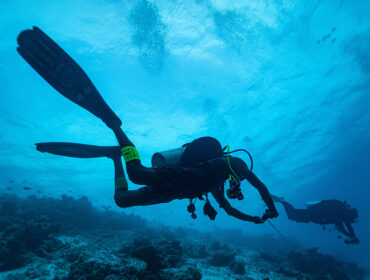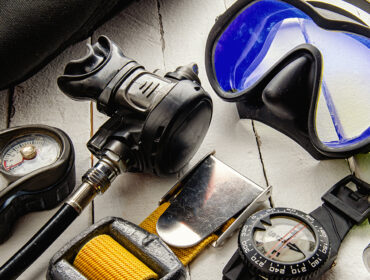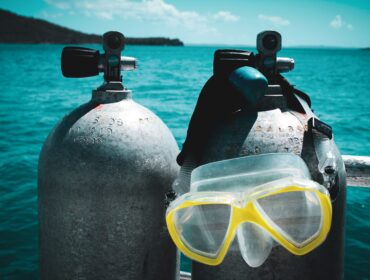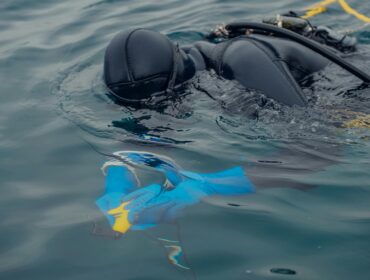You might think it’s safe to hold your breath on a dive since you have access to life support gear underwater, but the reality couldn’t be more contrary. One of the first rules of safe diving is to never hold your breath, instead keeping you airways open as much as possible by breathing normally. Although it can be tempting to hold your breath on a dive as a means of air conservation or buoyancy control, it can be quite dangerous (and goes against your training). To understand why, you’ll need to understand a bit of physics.
As you should have been taught, water pressure is everything when you’re underwater. The deeper you go, the higher it gets; the pull of gravity goes up and the volume of your lungs goes down. This means your lungs, and the air inside them, are compressed, and it only gets more pressed the further down you go. If this air can escape, by way of breathing, this is not a problem.
The air in your lungs becomes unsafe when you ascend. If you hold your breath while ascending to the surface, your lungs and the air within them expand as the water pressure weakens. Since that air has nowhere to escape, it keeps swelling against the walls of your lungs, regardless of the organ’s finite capacity.
Much like a balloon pops when you blow too much air inside, your lungs can tear or collapse. Overexpansion of the lungs can also lead to air bubbles in your bloodstream or too much pressure on your heart, both of which can be fatal if not corrected. There are no good reasons to hold your breath on a dive, so don’t let yourself get into the habit!
Image via Tim Sheerman-Chase





